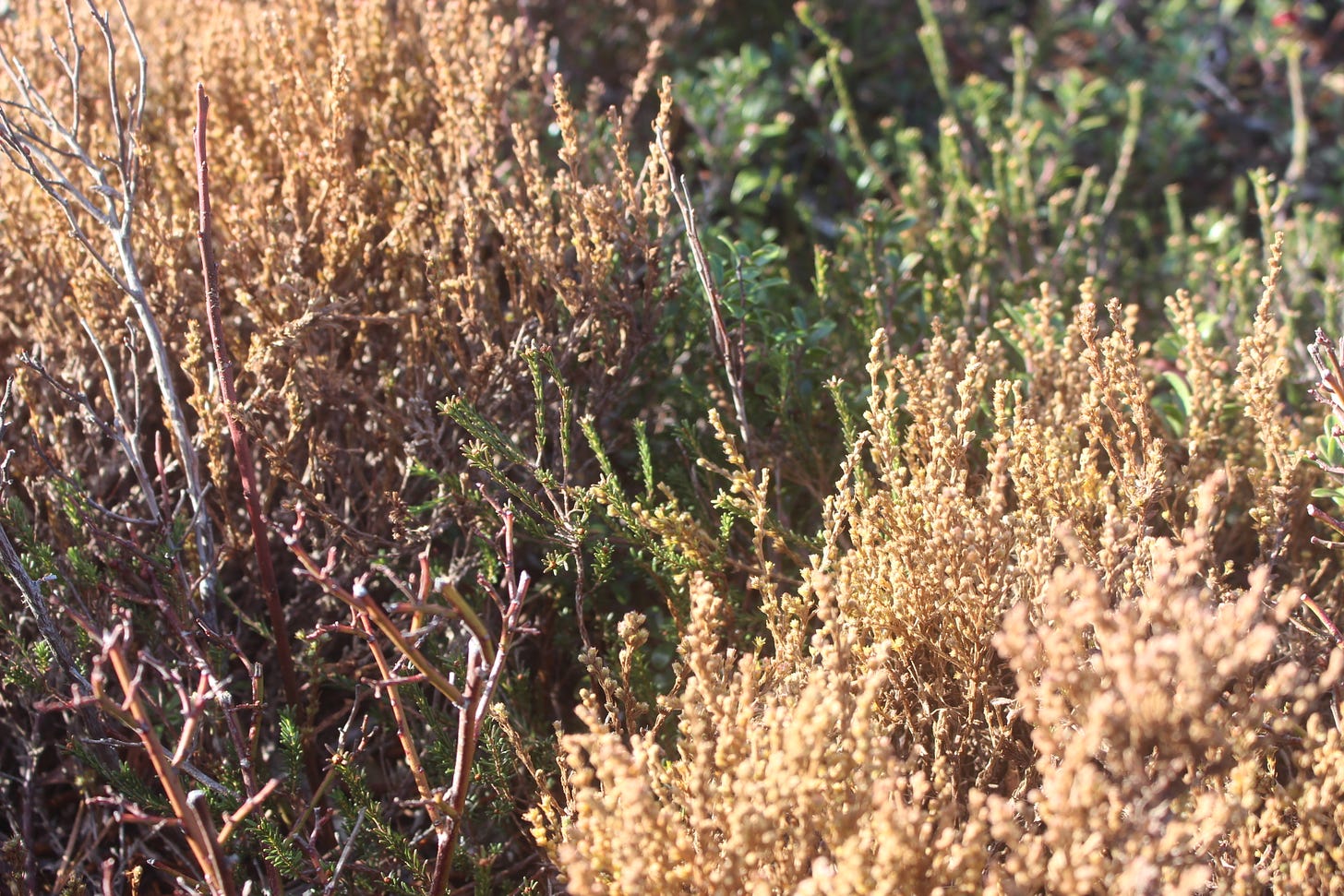Three Wednesdays ago, my friend H. and I started driving at the crack of dawn to Burlington, VT for the Annual Meeting of the New England chapter of the Society of American Foresters (NESAF). My advisors and I had agreed that this would be a good first exposure for me to the professional world of forestry, as they are the main beneficiaries of my research. Though we could be talking about the same tree, forest ecologists like me and foresters have different approaches (thinking about the tree’s relationships with its surroundings vs. its economic values), definitions (I didn’t know what board footage was until taking Silviculture), and even ways of communication (academics love using scientific jargons and assume that everyone understands).
My advisors also requested that I made a poster despite not having fully concrete results. If there was one thing that I have taken away this academic year, it is that talks and posters serve different purposes at a conference. Talks are usually for more completed works and are presented to the targeted audience of such works. Posters are better for folks like me who still have pieces to put together because I can get advice from whoever walks by and our conversations would be more intimate and in-depth than doing a 3-minute Q&A after running through a slide deck. I had a blast chatting with folks — prescribed fires are not commonplace in the Northeast, but it has gained traction in recent years and many were interested in my field observations.
At lunch, H. sat next to a consulting forester from central MA and found out they shared a connection that worked with them in separate AmeriCorp locations for two consecutive years. It got even better — their connection S. was indeed at the conference as a new PhD student in a fire ecology lab at SUNY ESF. That afternoon, H. introduced me to S. and I let him know that the plots he burned near the Cape Cod National Seashore headquarters many years ago were analyzed for biodiversity by me in fall 2021 during my semester at the MBL! H. and I figured that out on our first day in graduate school; invisible strings like this strengthen my connection to the field as well as our community. S. showed me his laptop screen of the broom crowberry (Corema conradii, pictured), which was my species of research interest.
In the evening, we went to trivia and S.’ team beat ours by one point. I’m sure we will continue to meet at conferences for years to come. Oh, and E. from his lab runs the online science communication workshop series that I am attending (shoutout Young Voices of Science)!!! It was surreal meeting her in person for the first time. We also found out that she was in the same lab in undergrad as one of my committee members (that I have only met virtually).
What’s a surprising connection you’ve made? I’m curious to hear. 🙋♀️




